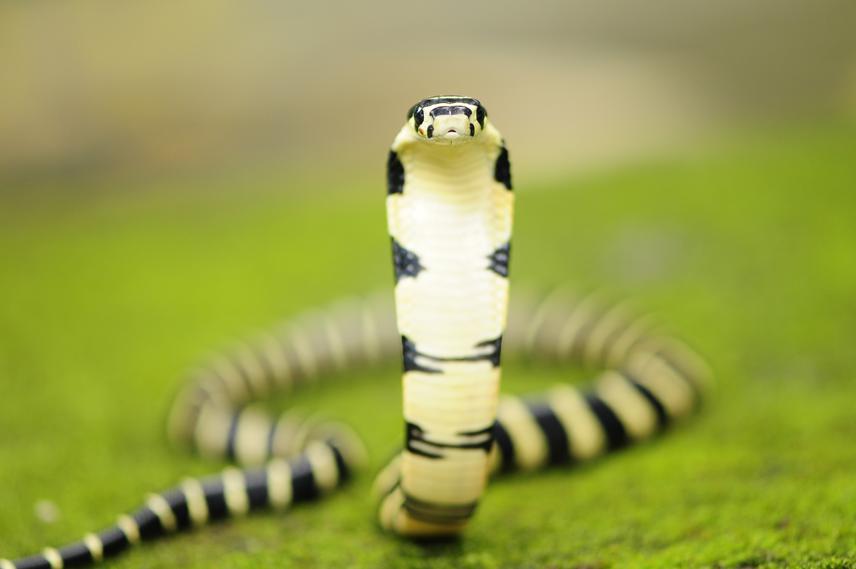Jignasu Dolia
Other projects
14 Jul 2020
Distribution, Threat Assessment and Conservation of King Cobras in the Kumaon Region of Uttarakhand, Northern India
The overall aim of this project is to carry out conservation-based research on King Cobras in the Kumaon region of Uttarakhand, northern India. In particular, we will aim to protect King Cobra nests in situ and ensure that the resulting hatchlings are released safely into the forest. We will seek the collaboration/involvement of local communities to protect nests, and duly reward individuals who make any significant contribution.
Apart from the research component of this project, we will aim to create much-needed awareness among local residents about the importance of snakes in general, King Cobras in particular. Our target audience for these awareness programmes will be school/college going children and young adults. We strongly believe that these programmes are necessary to:
1) Increase basic knowledge on locally found snakes
(2) Help bring about a positive attitudinal change towards snakes
(3) Garner wider public support for conservation of these generally maligned creatures.

King Cobra hatchling.
Despite the King Cobra (Ophiophagus hannah) being the world’s longest venomous snake and the only ophidian that builds an above ground nest, we have limited knowledge on its ecology from the wild, especially from the subtropical parts of its range. Most current research on this species is restricted to the tropical forests of southern India and Thailand.
The King Cobra features in the Schedule II (Part 2) of the Wildlife Protection Act of India (1972), and is included in the Appendix II of CITES. Although these and other laws protect the species in principle, ground realities are quite different. In most of its range, humans often persecute the snake in fear of its perceived danger. The major threats to its survival in the wild seem to be habitat destruction and exploitation of adult specimens, especially in Southeast Asia.
In an attempt to fill this knowledge gap and conserve this IUCN-listed ‘Vulnerable’ species, the primary aim of this project is to conduct sound research on the nesting ecology of King Cobras in the Kumaon hills of Uttarakhand, north India. Uttarakhand State probably encompasses the altitudinal and northern latitudinal limits of the species’ global range, thus highlighting its geographic importance for research on this species.
We plan to locate King Cobra nests with the help of local informants (usually village folk who frequent King Cobra nesting habitat). Once found, nests will be regularly monitored to collect ecological and behavioural data (provided female cobra is present), as well as to ensure that the nests/eggs remain safe from potential human miscreants. We will also collect microclimate data (i.e. temperature, relative humidity) within nests with the help of automatic data loggers, and compare them to ambient values to better understand the proximate advantages of nest building in this unique species. Once hatching occurs, each hatchling cobra will be measured, weighed and photographed, before being released back into the forest.
An important component of this project is to carry out snake-awareness programmes in local schools and NGOs to enhance the conservation prospects of snakes in general, King Cobras in particular. Apart from presenting relevant facts, these audio-visual presentations will stress on the ecological and ethical reasons for conserving snakes. Outreach material (such as posters) will be distributed in select local schools for permanent display, to ensure that information is retained.